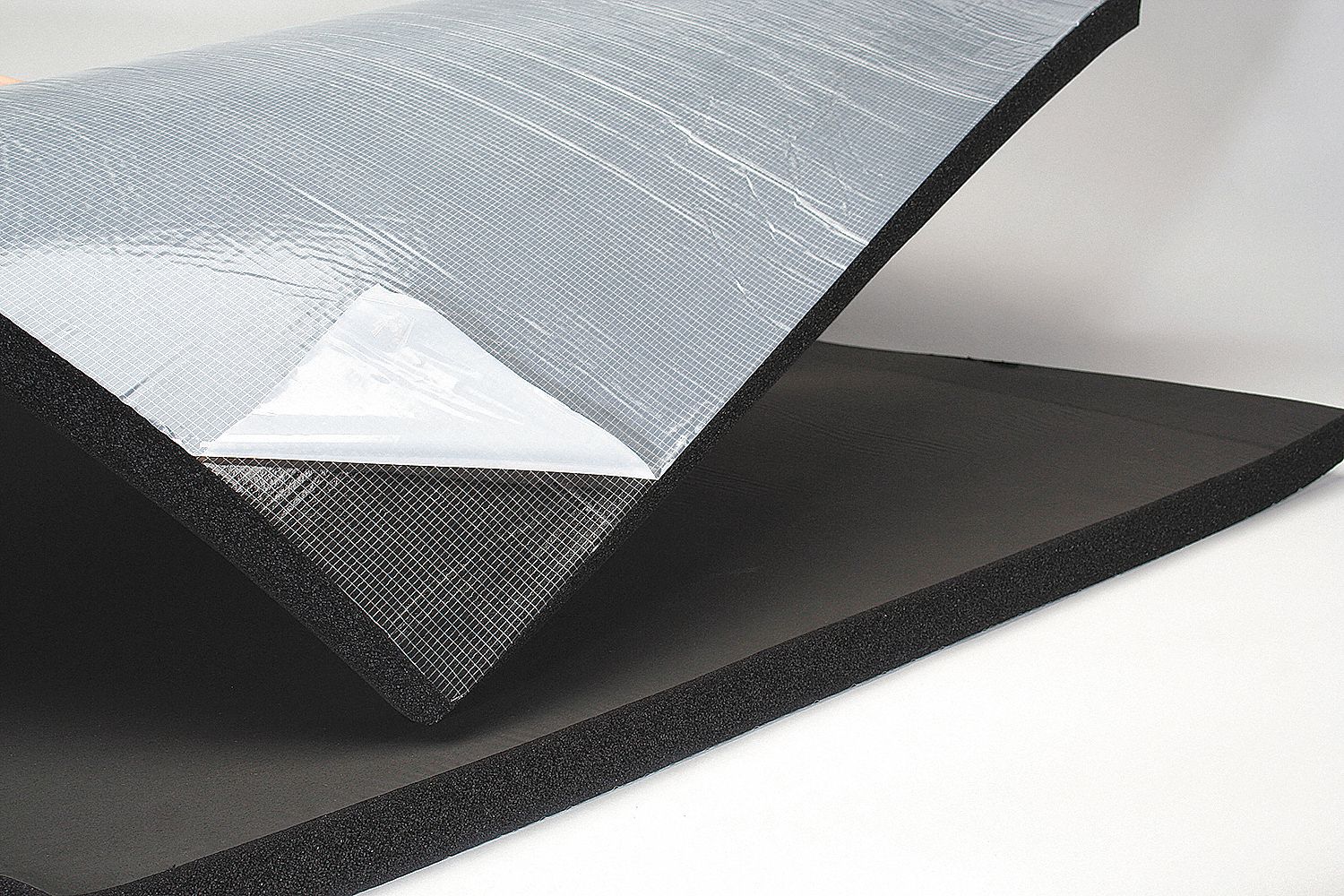CFC Full Form: Unveiling the Impact of These Chemical Compounds
We hear it all the time: “Reduce your carbon footprint,” “Use eco-friendly products,” “Protect the ozone layer.” But how often do we stop and think about the science behind these calls to action? One prime example is the term “CFC,” often mentioned in discussions about environmental conservation. But what exactly does CFC stand for, and why should we care?
CFC stands for chlorofluorocarbon. These seemingly harmless chemical compounds, once hailed as miracles of modern science, had a dark side that took the world by storm. In this article, we’ll delve into the depths of CFCs, uncovering their history, their impact on the environment, and the steps taken to mitigate their damaging effects.
CFCs, composed of chlorine, fluorine, and carbon atoms, were first developed in the late 1920s as a safe and non-flammable alternative to hazardous refrigerants like ammonia. They quickly gained popularity, finding applications in refrigerators, air conditioners, aerosol propellants, and various industrial processes. For decades, CFCs were considered a triumph of modern chemistry, their stability and versatility revolutionizing numerous industries.
However, the scientific community soon discovered a chilling truth: CFCs were not as benign as they appeared. In the 1970s, scientists uncovered a disturbing link between CFCs and the depletion of the ozone layer, a protective shield in the Earth's stratosphere that absorbs most of the sun's harmful ultraviolet (UV) radiation. CFCs, once released into the atmosphere, rise slowly to the stratosphere, where they are broken down by UV radiation, releasing chlorine atoms. These chlorine atoms, highly reactive, act as catalysts in a chain reaction that destroys ozone molecules, depleting the ozone layer and allowing more harmful UV radiation to reach the Earth's surface.
The consequences of ozone layer depletion are far-reaching and severe. Increased UV radiation poses significant risks to human health, including skin cancer, cataracts, and weakened immune systems. Additionally, it can harm marine life, disrupt plant growth, and contribute to climate change. Recognizing the urgency of the situation, the international community came together to address this global threat.
The landmark Montreal Protocol, signed in 1987, marked a turning point in the fight against ozone depletion. This international treaty phased out the production and consumption of ozone-depleting substances, including CFCs. The Montreal Protocol is considered a shining example of international cooperation, successfully averting a major environmental catastrophe.
While the phase-out of CFCs has been largely successful, their legacy lives on. CFCs are long-lived compounds, remaining in the atmosphere for decades, and the ozone layer is still recovering from the damage inflicted. Furthermore, the substitutes for CFCs, while less damaging to the ozone layer, often have their own environmental impacts, such as contributing to global warming.
Understanding the full form of CFC and its implications is crucial for appreciating the interconnectedness of our planet's systems and the importance of responsible consumption and production practices. As we continue to develop new technologies, it's imperative to prioritize sustainability and environmental responsibility, ensuring that we learn from the mistakes of the past and strive for a healthier and more sustainable future for generations to come.
Craigslist san jose calif
Unlocking cultural wisdom exploring 10 spanish body part sayings
Unlocking young minds a journey into free kindergarten math practice worksheets













.jpg)
